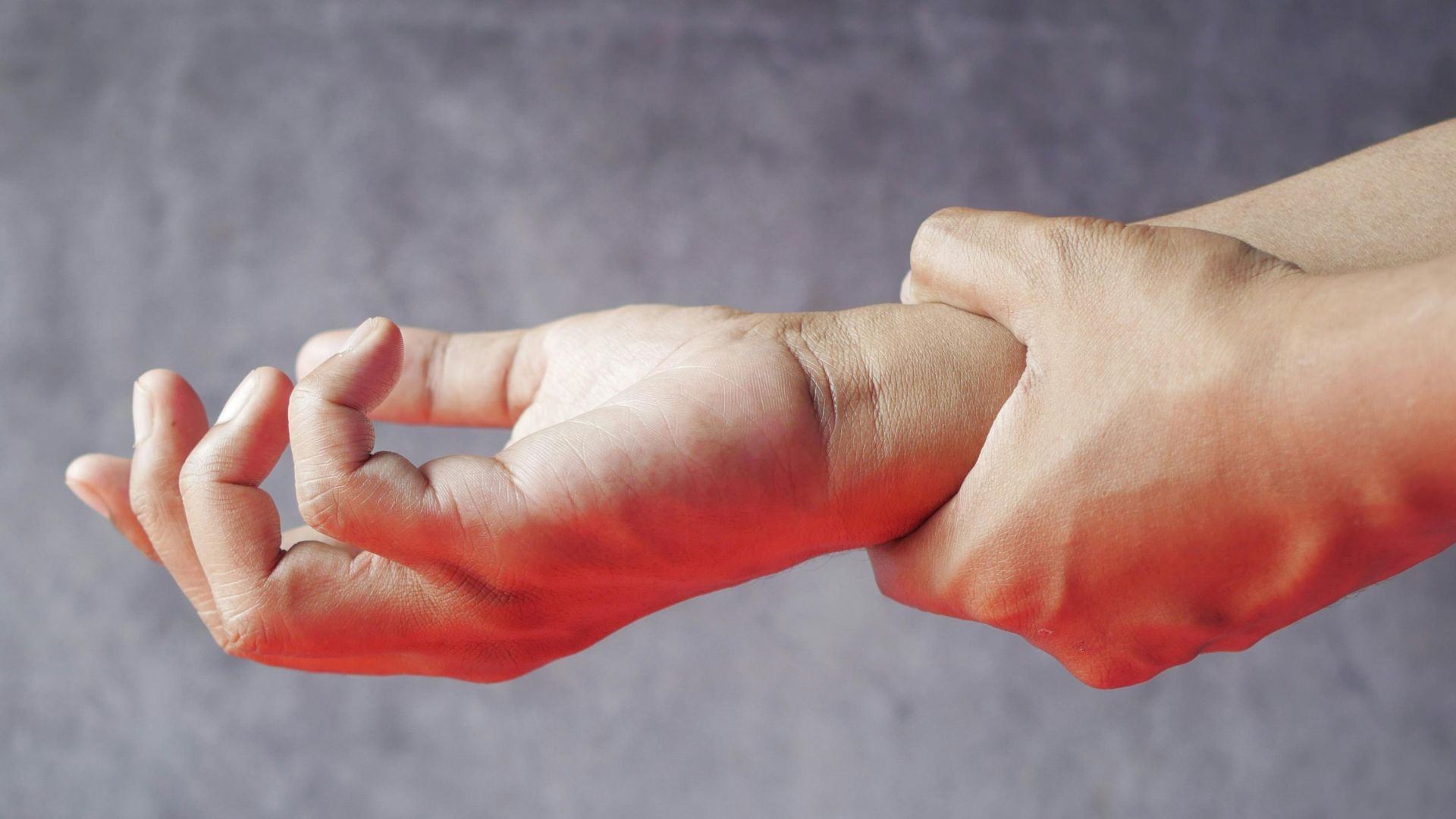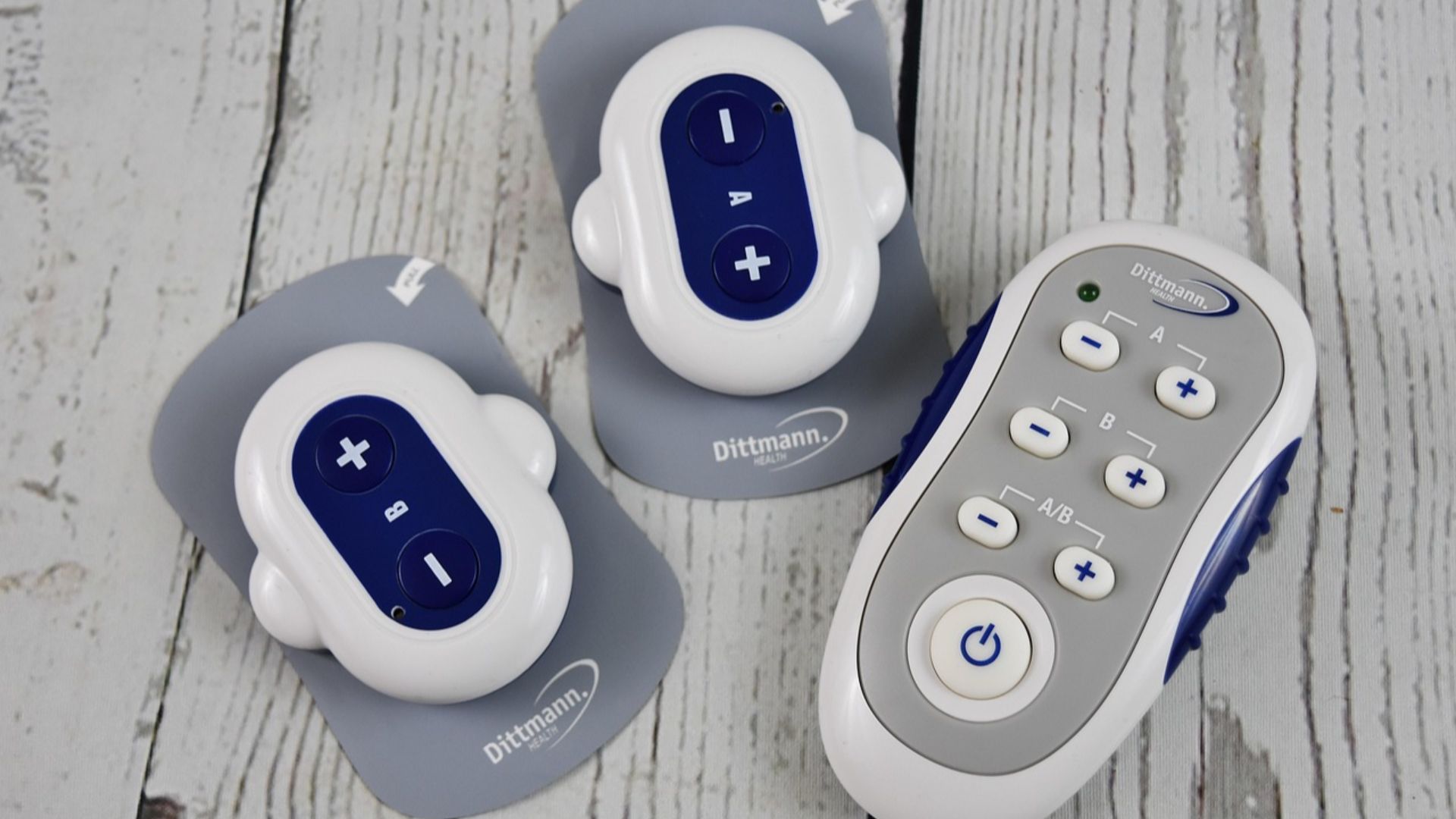Don't Let Pain Control Your Life
According to recent studies, 1 in 10 adults are diagnosed with chronic pain each year. Chronic pain is defined as a persistent pain that lasts longer than 3-6 months, and can severely impact your physical, mental, and emotional well-being. Chronic pain is different for everyone, but there are a few consistent causes, as well as ways to make it more manageable.
1. Headache
Tension headaches, cluster headaches, and migraines are some of the most common causes of chronic pain, and some of the most misunderstood. More than just a minor annoyance, headache disorders can lead to eye, neck, shoulder, and jaw pain. Approximately 1% of the population experiences headache disorders.
2. Lower Back Pain
Lower back pain such as lumbar pain and sciatica is the leading cause of disability worldwide. There are dozens of factors which can contribute to lower back pain. These factors range from age and sex to your weight or the quality of your mattress.
3. Fibromyalgia
Fibromyalgia is a chronic condition involving pain throughout the body. In addition to pain, one major symptom is fibromyalgia is difficulty sleeping, which can lead to chronic fatigue. While there is currently no cure for fibro, doctors are constantly working to develop treatment for it.
4. Post-Surgery Pain
Sometimes, chronic pain can begin without any foreseeable cause; other times, it's directly linked to surgery. While some amount of pain is expected in the recovery period after major surgery, surgery can also be the cause of further pain. About 5-10% of patients who have undergone major surgery develop chronic post-surgery pain.
5. Rheumatoid Arthritis
Rheumatoid arthritis is an autoimmune condition where your immune system misfires, attacking the tissue lining your joints. This leads to inflammation and stiffness, causing joints to bend out of shape over time. When left uncontrolled, RA can damage cartilage and even lead to heart and eye disease.
6. Osteoarthritis
Osteoarthritis is the most common type of arthritis, occurring when your cartilage is worn down or damaged. Although osteoarthritis can affect any joint, the most commonly damaged ones are in the hands, hips, knees, and spine. Osteoarthritis is very common, affecting more than 80% of adults above the age of 55.
7. Nerve Pain
Neuropathy, or nerve pain, occurs when your nervous system is damaged or malfunctions. This leads to nerve fibers sending the wrong signals to your body's pain centers, leading to sharp or shooting pain. There is no singular cause of neuropathy, but some causes occur in conjunction with diabetes, shingles, or over-reliance on alcohol.
8. Endometriosis
Endometriosis, like other gynecological conditions, is widely overlooked and misdiagnosed. This condition occurs when tissue that is similar to uterine lining grows outside of the uterus, leading to extremely painful bloating and menstruation. Typically, this pain abates with the onset of menopause or other hormonal changes.
 Helio E. López Vega on Unsplash
Helio E. López Vega on Unsplash
9. Multiple Sclerosis
Multiple Sclerosis, or "MS" is an autoimmune disease which affects the central nervous system. MS leads to the breakdown of your nerves' protective coverings, called myelin. MS can lead to muscle weakness, vision changes, memory issues, and numbness.
10. Cancer
We don't want to cause you unnecessary stress by claiming that every unexplained source of chronic pain is a cancer symptom. The purpose of this article is not to fear-monger, but to help people living with chronic pain better understand their bodies. Recognizing chronic pain can be the first step to receiving a diagnosis.
 National Cancer Institute on Unsplash
National Cancer Institute on Unsplash
Now that we've explored some common causes of chronic pain, here are some ways to help manage it.
1. Heat
While ice is more effective for acute (short-term) pain, heat is typically more effective for chronic conditions. Heat works to relax muscles and stiffness by improving blood flow. However, if you experience flare-ups with inflammation, it may be useful to alternate between ice and heat.
2. Rest
Rest is one of the best and easiest things you can do for your body—especially if your pain leads to fatigue or sleep disturbances. Rest allows your body to reset and recuperate after a long day. It's important to not feel guilt over taking the time to rest; your body needs it to heal.
3. Try Acupuncture
Some people get woozy at the sight of needles, others find acupuncture immensely helpful in managing chronic pain. Acupuncture stimulates the nervous system, which leads to increased blood flow and reduced inflammation. It may take a few sessions for you to notice a difference.
4. Get Surgery
While surgery is often a last resort for chronic pain patients and does not guarantee relief, it is sometimes used for cases where chronic pain worsens. The most common type of surgery for chronic pain relief is nerve surgery. Sometimes the only way out is through.
5. Move Gently
While chronic pain can make it extremely difficult and tiring to move, it's important that you do not remain entirely inert. Gentle, controlled movement such as swimming, walking, or yoga can help take pressure away from aching joints or stretch sore muscles. Treat your body with kindness.
6. Focus On Stress Relief
Living with chronic pain can be stressful, especially when you feel like you're missing out on opportunities, While chronic pain can lead to conditions such as anxiety and depression, it's best to try not to aggravate them. Meditation and mindfulness can be useful in soothing stress.
7. Try Electrical Stimulation
Electrical stimulation may sound intimidating, but we promise it isn't scary. Sending mild electric shocks into muscles or nerves can help block or change your perception of pain. One of the most common systems is called Transcutaneous Electrical Nerve Stimulation (TENS).
8. Improve Your Sleep
As we said, sleep can be enormously restorative for an aching body. However, poor sleep can also lead to further pain. Investing in a good mattress, ergonomic pillows, or other supports can improve sleep hygiene and health.
9. Know Your Limits
Every body has its limits, it's important to be familiar with yours. The last thing you want is to push yourself too far and find yourself in a flare-up. While your body's function may be impacted by chronic pain, it still has function.
10. Listen To Your Body
Managing chronic pain is a two-person job between your mind and your body. In addition to knowing your limits you should also keep track of your body's warning signs prior to a flare-up so you're better equipped to handle them. Keeping a symptom diary can be enormously helpful in understanding patterns.
KEEP ON READING

10 Pre-Workout & 10 Post-Workout Tips To Follow

























